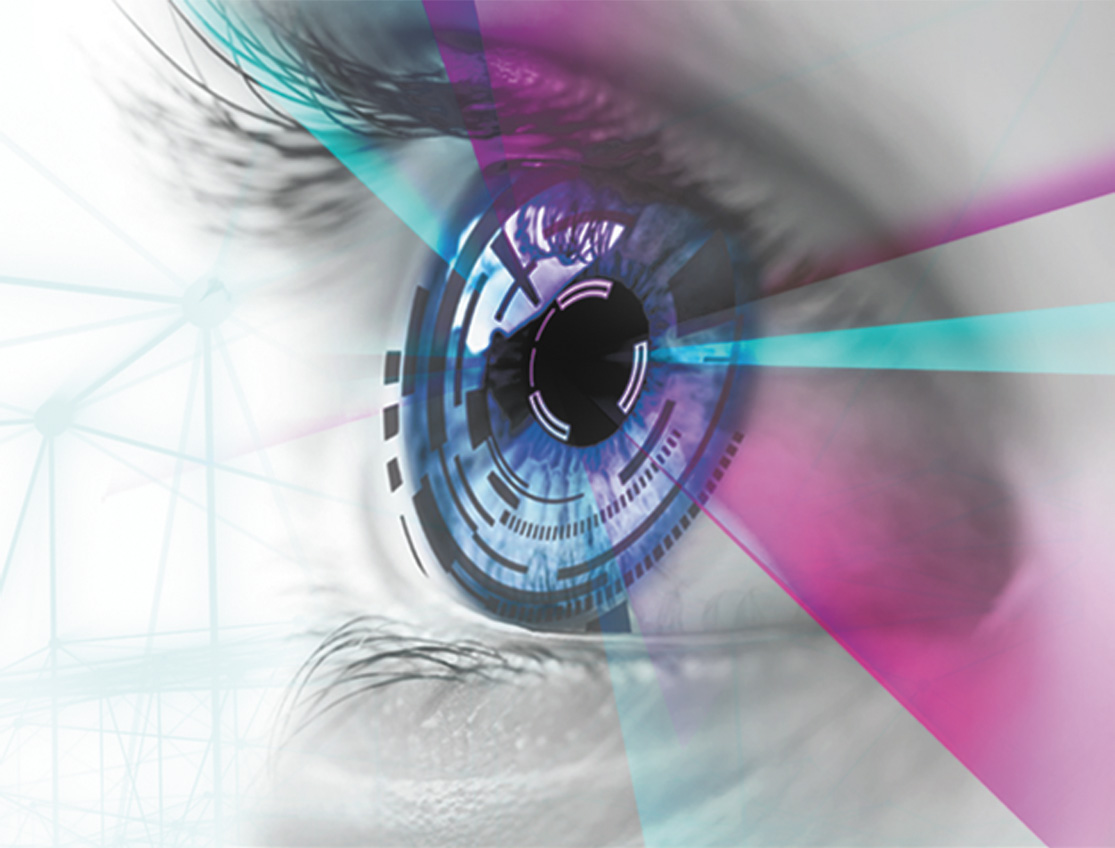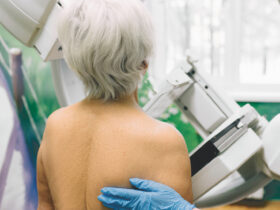By Cory Lamar, MD – Board-Certified in Clinical Neurophysiology and Epilepsy
 As we age, maintaining cognitive health becomes increasingly important for preserving independence, quality of life, and stroke recovery represents one of the most complex challenges in rehabilitation medicine, requiring sophisticated understanding of brain function and targeted therapeutic interventions. Advanced neurology specialists are revolutionizing stroke recovery through evidence-based physical therapy protocols that harness the brain’s remarkable capacity for neuroplasticity—the ability to reorganize and form new neural connections throughout life.
As we age, maintaining cognitive health becomes increasingly important for preserving independence, quality of life, and stroke recovery represents one of the most complex challenges in rehabilitation medicine, requiring sophisticated understanding of brain function and targeted therapeutic interventions. Advanced neurology specialists are revolutionizing stroke recovery through evidence-based physical therapy protocols that harness the brain’s remarkable capacity for neuroplasticity—the ability to reorganize and form new neural connections throughout life.
The Neurological Foundation of Recovery
When stroke occurs, whether ischemic or hemorrhagic, brain tissue damage can result in devastating motor, sensory, and cognitive impairments. However, advanced neurological research has revealed that the brain possesses extraordinary adaptive capabilities. Neuroplasticity allows undamaged brain regions to assume functions previously controlled by damaged areas, but this process requires precise, intensive stimulation through specialized physical therapy techniques.
Advanced neurology specialists understand that effective stroke recovery depends on activating specific neural pathways through repetitive, task-oriented movements. This approach differs significantly from traditional rehabilitation methods, focusing instead on evidence-based protocols that maximize neuroplastic potential during critical recovery windows.
Cutting-Edge Physical Therapy Interventions
Modern stroke recovery incorporates several advanced physical therapy modalities. Constraint-induced movement therapy (CIMT) forces patients to use affected limbs by restraining unaffected ones, promoting neural reorganization in motor cortex areas. Research demonstrates that CIMT can significantly improve upper extremity function when implemented within optimal timeframes.
Robotic-assisted gait training represents another breakthrough intervention. Devices like the Lokomat provide precise, repetitive leg movements that stimulate spinal cord circuits and cortical motor areas. This technology allows patients with severe mobility impairments to practice walking patterns safely while their nervous systems relearn complex movement coordination.
Functional electrical stimulation (FES) combines physical therapy with targeted electrical impulses that activate paralyzed muscles. This dual approach not only prevents muscle atrophy but also provides sensory feedback that facilitates motor learning and neural pathway reconstruction.
Task-Specific Training Protocols
Advanced neurology specialists emphasize task-specific training that mirrors real-world activities. Rather than focusing solely on isolated muscle strengthening, modern protocols integrate complex movement patterns that challenge multiple neural systems simultaneously. Patients practice reaching, grasping, walking, and balance activities that directly translate to improved daily functioning.
Mirror therapy utilizes visual feedback to trick the brain into believing both limbs are moving normally. This technique has shown remarkable success in reducing phantom limb sensations and improving motor function in stroke survivors with hemiplegia.
Timing and Intensity Considerations
Neurological research indicates that recovery potential varies significantly based on timing post-stroke. The acute phase (first three months) represents a critical window when neuroplasticity is heightened. Advanced specialists design intensive therapy protocols during this period, often requiring 3-5 hours daily of structured intervention.
However, recovery continues well beyond acute phases. Chronic stroke survivors can still achieve meaningful improvements through appropriately designed programs that account for individual neurological profiles and remaining neural capacity.
Personalized Recovery Strategies
Advanced neurology specialists employ sophisticated assessment tools including functional MRI, diffusion tensor imaging, and electroencephalography to map individual brain damage patterns and remaining neural resources. This information guides personalized physical therapy protocols that maximize each patient’s unique recovery potential.
Treatment plans integrate motor learning principles with neural stimulation techniques, creating comprehensive programs that address not only physical impairments but also cognitive and perceptual deficits that commonly accompany stroke.
The Future of Stroke Recovery
Emerging technologies including virtual reality environments, brain-computer interfaces, and targeted pharmacological interventions promise to further enhance physical therapy outcomes. Advanced neurology specialists continue pushing boundaries, combining cutting-edge technology with deep understanding of neural mechanisms to help stroke survivors reclaim independence and quality of life.
The integration of advanced neurological expertise with innovative physical therapy techniques offers unprecedented hope for stroke recovery, transforming what was once considered permanent disability into opportunities for meaningful rehabilitation and renewed function.
If you or a loved one is navigating stroke recovery, don’t wait to access the specialized care that can make all the difference. Take the first step toward reclaiming independence and improved quality of life. Call 239-667-5878 today to schedule your comprehensive stroke recovery consultation and discover how cutting-edge neuroplasticity-driven therapy can accelerate your healing journey.
Advanced Neurology Specialists
239-667-5878
advancedneurofl.com
800 Goodlette Frank Rd N, Suite 250
Naples Fl 34102








